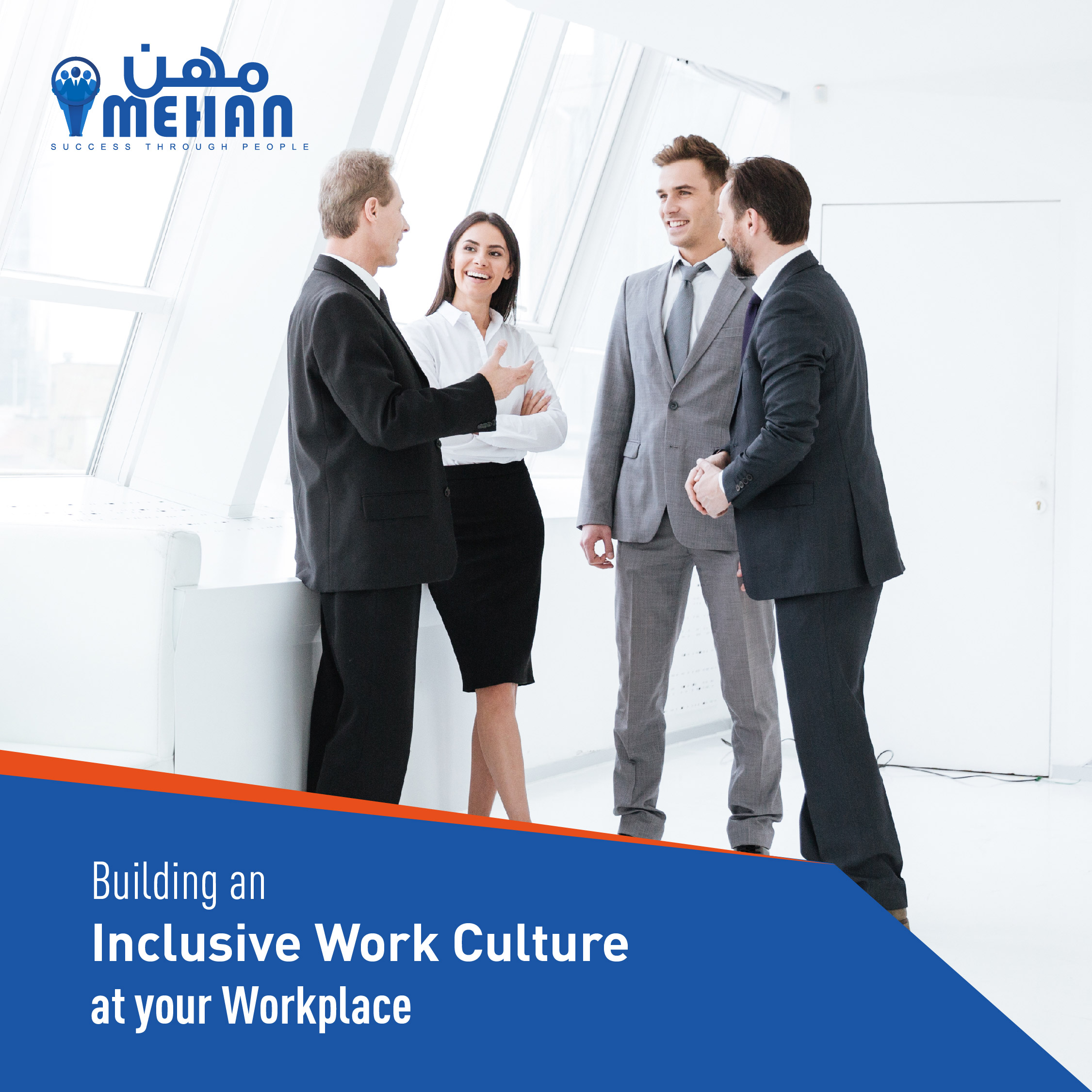
To solve any problem, the first step is to acknowledge that you have a problem and then define the problem. Only at the end of which can you even start to think of working on a solution to the particular problem. To address the problem of inclusiveness and a sense of belonging in the workplace, you must ask yourself, “Do your employees feel fully accepted as members of the workplace?” When you search for that answer and find it in the negative, your diversity and inclusion (D&I) initiatives need work. Diversity is pursued actively by most organizations but that does not guarantee that your staff feels included. Belongingness at the workplace is a perception that they must have to be able to stay loyal and motivated to contribute to the organization. It provides HR leaders with a good opportunity to reinvigorate their inclusion approach and goals.
The feeling of belonging is the key component of inclusion, says Lauren Romansky, former Managing VP of Gartner. “When employees are truly included, they perceive that the organization cares for them as individuals, their authentic selves. HR can help make that happen”, she added. Studies show that organizations with sustainable D&I initiatives demonstrate a 20% increase in inclusion, which corresponds to greater on-the-job effort and intent to stay, as well as high employee performance. The onus rests on HR to provide assurances and inculcate a culture of belonging.
3 Ways to Build an Inclusive Culture
Eliminate “outsiderness”
For all the advancements made on D&I, we are ready to bet many of your employers still feel like outsiders in the company, not to count new joiners who are still finding their way around. What happens then is that they further suppress their true selves, which distinguishes them from their colleagues. This is an extremely uncomfortable situation, the consequences of which can include cognitive distractions that sabotage their focus and performance at work. This is like cancer and can spread easily around the organization, especially if you hire new people regularly. To counteract it, make it a point to notice and value individuality around the workplace. Demonstrate your warmth towards your team through routine check-ins and make it a norm. Workplace support, understanding and trust all reduce the likelihood of an individual feeling like an outsider.
Encourage everyone to look after the person next to them
Encourage everyone to look after the person next to them because that is what a team is. The key is effective communication. Communicate anything and everything your employees need to know to do their jobs effectively. Bring about practices where employees value what each of their colleagues has to bring to the table by advocating for everyone to be heard and invest in each other’s growth. Incorporate employee input into organizational values to show individuals they have a meaningful, equitable role in building a more inclusive workplace.
Customize Benefits and Initiatives to be Applicable to a Diverse Group
When creating benefits or implementing initiatives, ensure that they are planned by considering inputs from all demographics of your workforce. They signal to employees that you care about their distinct needs and demands inside and outside of work. These signs of appreciation show that they belong to your company and they can rest assured that they “fit in” to the organization. Studies show that they increase such feelings by up to 38%.




